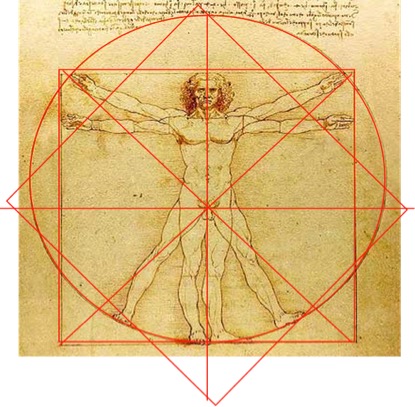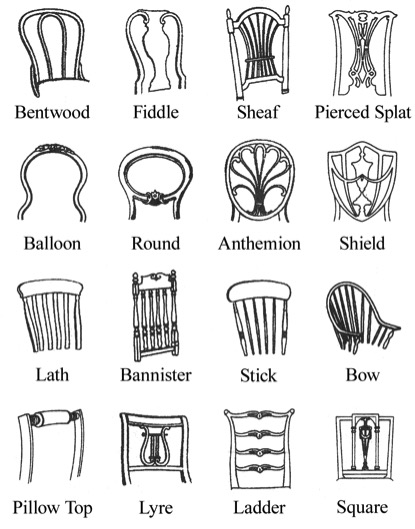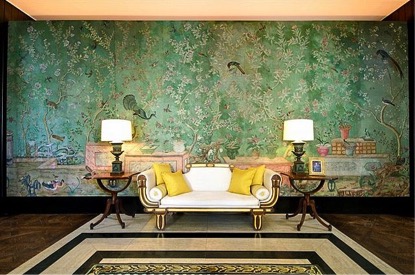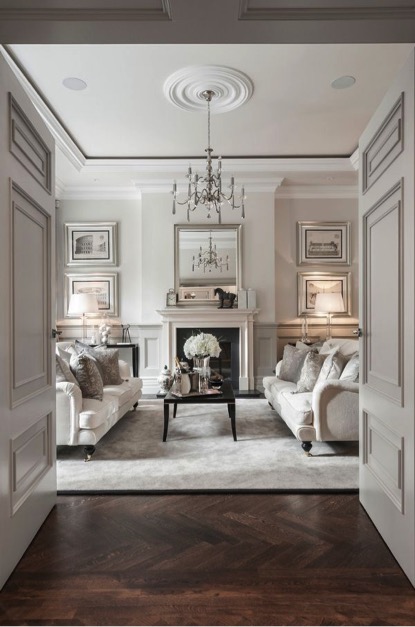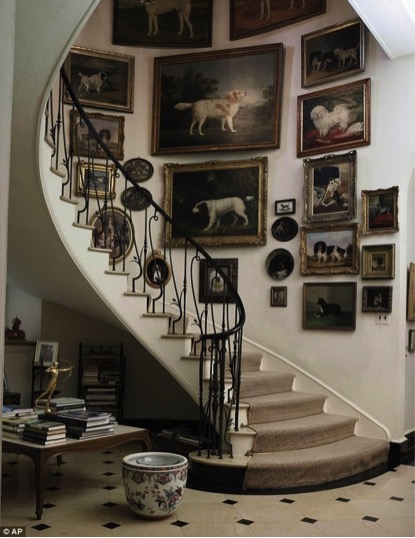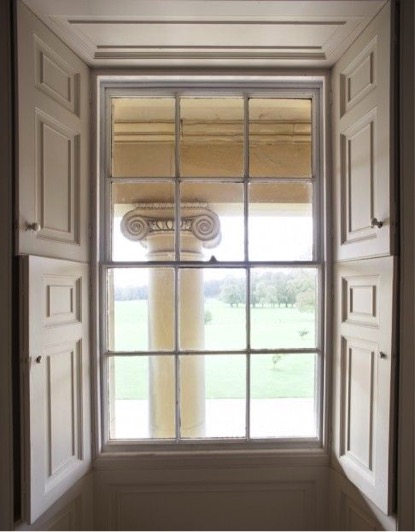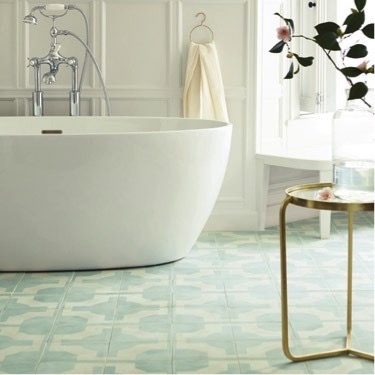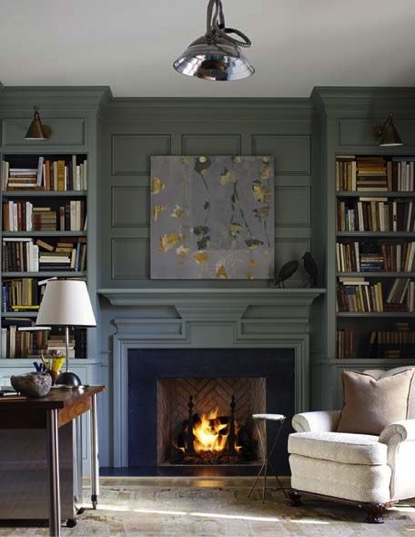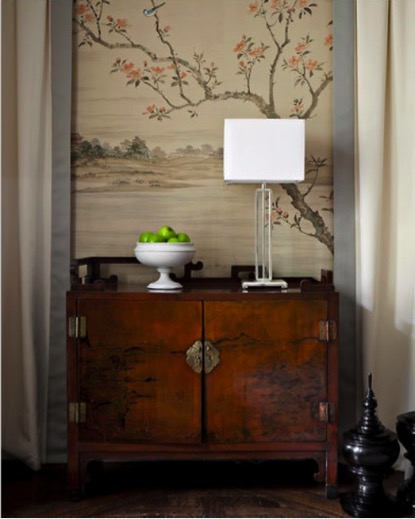Georgian period interiors
Here at Etons of Bath, we specialise in Georgian interior design. We love the Georgian symmetry we get to work with every day.
Since 2009, Georgian interior design for homes and hotels nation-wide is all we’ve done – it’s because we all love Georgian buildings and working on restoring them! If you own a Georgian building and need help with restoring or redesigning the interiors, then do contact us, we’d love to help.
So, why do so many people find the architectural symmetry and Georgian interior design of these buildings so appealing? People often talk of order, scale and proportion, all of which carry equal importance. But as a specialist Georgian interior designer at Etons of Bath, we are constantly drawn to the aesthetic of Georgian interior symmetry.
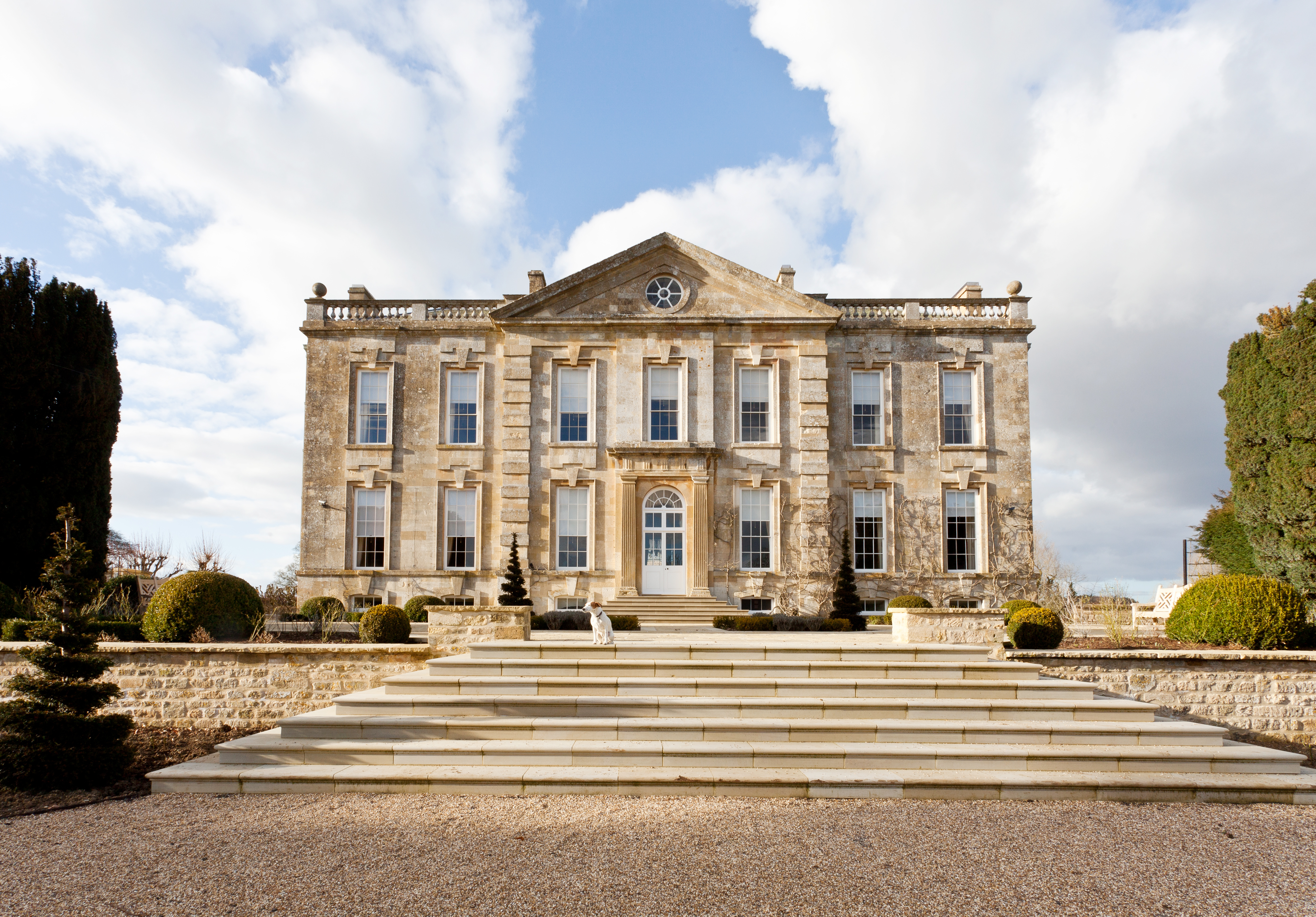
Symmetry has always been an important part of architecture and Georgian interiors. As you consider why you love Georgian interiors and architecture, why you may have chosen to live in a Georgian home or how you can set the interior of your home off to the best effect, we hope a short synopsis of symmetry from the experts at Etons of Bath might assist.
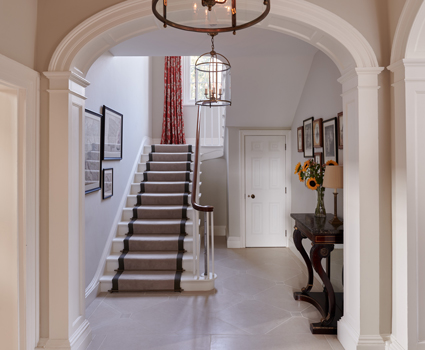
Georgian hallway designed and restored by Etons of Bath
A brief potted history, which has particular relevance to Georgian interior design and architecture, takes us back to Vitruvius’ theories on order and principle in architecture. Vitruvius’ notion of symmetry was not as we often define it today, the placing of elements in a mirror-image arrangement, but a more harmonious agreement of ‘each of the parts, one another and all in relation to the whole’.
Symmetros is a Greek word, and ancient Greek architecture used symmetry as a basic organizing principle. As did Roman, Roman-esque, and Renaissance.
Utilising the classical principles for architecture throughout Greece and Rome, the great architect Palladio disseminated his theories of proportion in 1570 and from this the Palladian Style was born.
Renowned Georgian architects, from Inigo Jones and Sir Christopher Wren to Robert Adam and Sir John Soane all adopted these principles and are found in all Georgian buildings in the UK today.
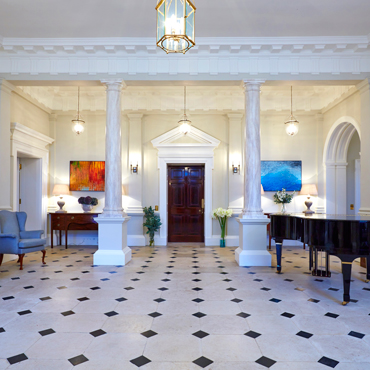
Georgian entrance hall designed by Etons of Bath
Classic Georgian interiors and symmetry
So why is symmetry in buildings so satisfying? As Leonardo da Vinci’s famous drawing demonstrated, it reflects the human body, which has a right side and a left, a back and a front, the navel in the very center.
As a result of the human body being symmetrical forms of furniture that are made to hold us take on a symmetrical form such as the chairs below
Georgian interior decorators and symmetry
Many of us are drawn to balanced images and find them more aesthetically pleasing than their off-kilter counterparts. Symmetrical Georgian interiors are often viewed as more restful and peaceful than their opposites because we don’t have to work as hard to figure out the use and flow of the room or space.
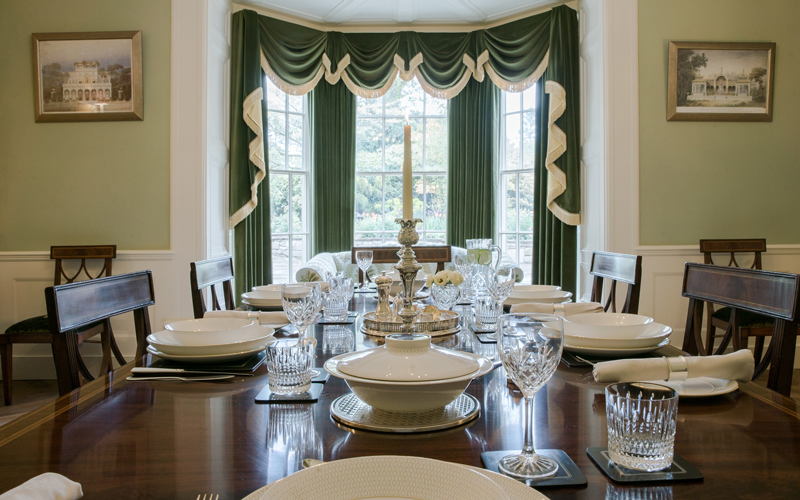
Georgian dining room designed by Etons of Bath
Symmetry is used in Georgian interior design on the overall floor plan of buildings as well as the interior design of individual building elements such as doors, windows, floors, frieze work, and ornamentation. The space planning of a room, it’s furniture layout and the placement or art and mirrors is essential in achieving a sense of symmetry and balance.
Of course, when it comes to Georgian interior design, balance doesn’t just have to refer to a line that’s been drawn directly down the middle. It is more accurately described as achieving a visual balance. Just like when we feel off balance in an aspect of our lives such as work life balance or an incomplete task or journey, we feel uneasy in an unbalanced interior space.
A visual balance is achieved by distributing the visual weight of objects within a space to achieve a feeling of equilibrium. The size, color, texture, shape of an element can change its visual weight. For example, larger, darker, brighter, highly textured, complexly shaped objects typically feel heavier and require balance through the placement equally “heavy” items or multiple less heavy items.
There are three main types of symmetry in Georgian interior design and styles;
- Reflection: The most common type. It can be either vertical or horizontal such as two couches that are divided by a center coffee table or a chair rail that separates the room into a top and bottom half.
- Rotational: Refers to objects rotated in a particular direction around a central focal point. Think of a round dining room table or, on a smaller scale, a wreath that adorns your front door.
- Transitional: Creating the illusion of motion by repeating the same pattern multiple times within the same space. It’s most commonly seen in tiled floors, back splashes, and wallpaper.
Asymmetry: Purposefully breaking an established pattern of symmetry in order to draw attention to a particular design element. Asymmetrical interiors tend to feel more dynamic and less rigid because in these spaces a variety of object types are working together to create balance. This form of balance can be more difficult to achieve it often requires an “eye for design”.
It is worth considering these forms of symmetry in relation to the space you have to work with. Rotational and transitional do well in large, open areas like foyers and expansive dining rooms, but can feel overwhelming if there is too much repetition in a small area. In tight spaces, reflection symmetry and asymmetry are better as they can be achieved very simply and are often key in creating an illusion of greater space.
Symmetry is easy to achieve in Georgian interior design
Anyone can bring a harmonious feel to their space by taking these three things into account:
- Focal Point: The centre point in your design. It should be the element that immediately draws your eye upon walking into the room – fireplaces, built-in storage, architectural detailing.
- Visual Weight: While your focal point should be the heaviest object in the room, you can balance it out by framing it with a similarly heavy object on either side as in a fireplace that’s been flanked by matching sofas. Alternatively, you could balance it by offering groupings of visually lighter objects like a heavy dining room table with chairs filling either side.
- Scale & Proportion: Try to keep your design elements to scale and proportional with the space and each other. Proportions of 2:3, 3:5, or 5:8 work best. When it comes to measurements, aim for ottomans that are two-thirds the length of your sofa and artwork that fills three-fifths of a wall.
Symmetry appears in small things and large: Floor tiles may be laid in symmetrical patterns; the design of door panelling can be symmetrical, and so can window panes.
The symmetry of the window shutters and the vertical and horizontal symmetry of the window panes frames the view perfectly.
The symmetrical pattern created by these Fired Earth tiles designed by Neisha Crosland combined with the soft colour palette create a calm that is appropriate to a relaxed bathing experience.
A fireplace elevation in Georgian architecture tends to see the chimney breast flanked by bookcases or alcoves either side and the arrangement of furniture around this focal point achieves a visual balance and symmetry overall.
Sometimes not being symmetrical is important; the fronts and backs of buildings, for example, are intentionally different. Or the front door wall of an entrance hall is intentionally different to the opposite back wall.
Here at Etons of Bath (see our portfolio of projects), we recommend you to try out different techniques and arrangements, stand back and observe, then assess why you are drawn to a particular option even when looking at modern Georgian interior design. The image below shows how a visual balance can be achieved for Georgian style interiors despite using two different shapes rather than a mirror image. This is because the boldness and weight of the lamp and the bowl of fruit are equal to each other despite taking different forms.
Georgian interior designers
If you’d like help with Georgian interior design or modern Georgian interiors for your home, then contact Etons of Bath today for an initial chat or site visit or call us on 07887 552052. We’d love to help.
Other links that may be useful in helping you with Georgian interior design




